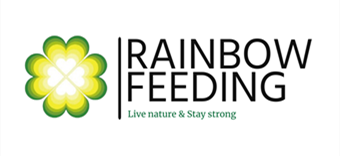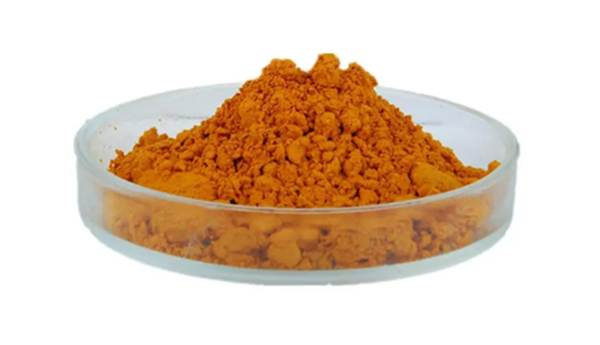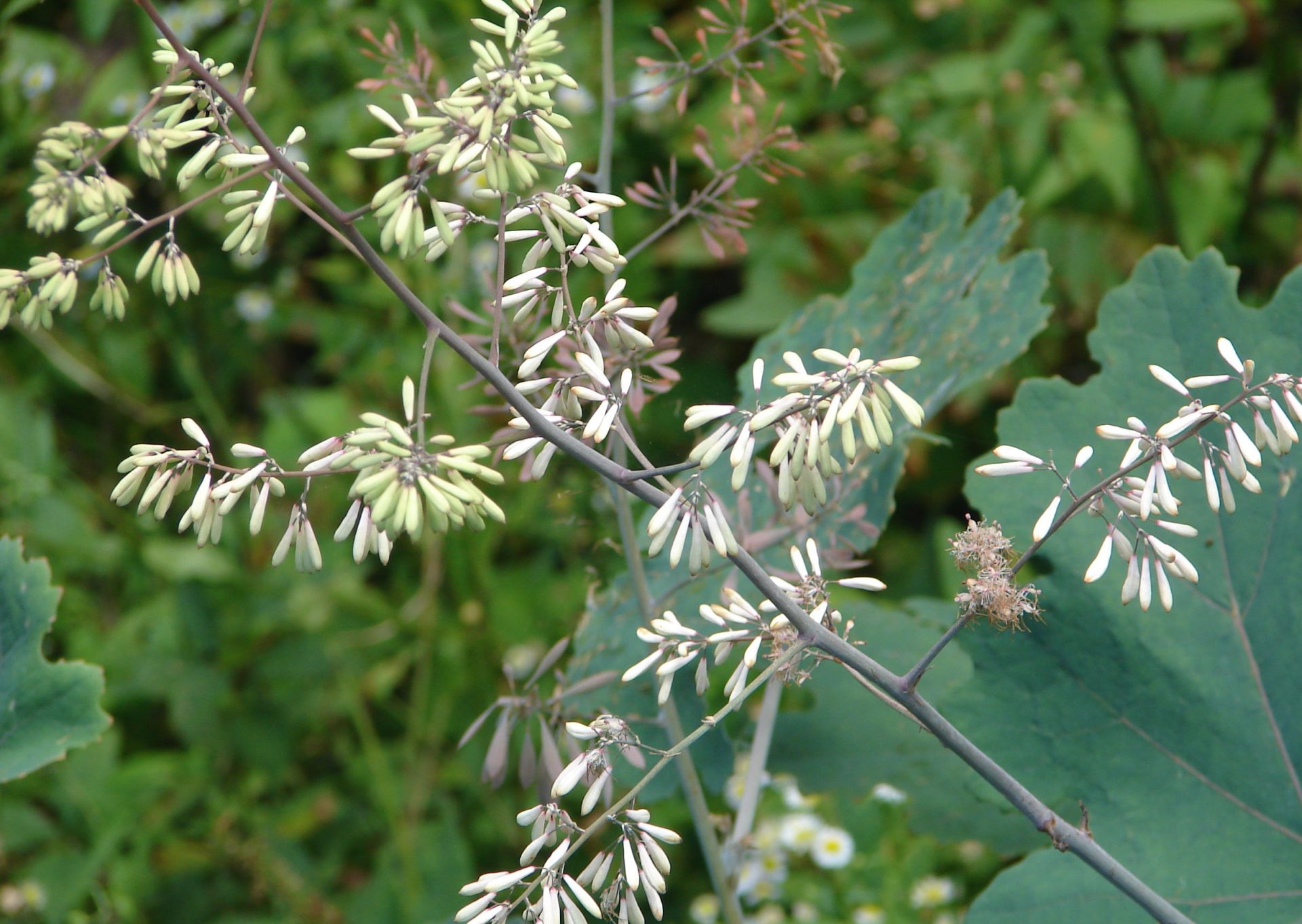Can sanguinarine be used in animal nutrition?
Alkaloids are a kind of natural phytochemical derived from microorganisms, plants and animals. Containing 1 nitrogen atom (proton receptor) and 1 or more imine root ions (proton donor), alkaloids are easy to form hydrogen bonds with proteins, enzymes and receptors, and have unique biological effects.
Sanguinarine (C20H15O5N) is a type of phenylphenanthine isoquinoline alkaloid, which is mainly found in bloodroot plant Sanguinaria Canadensis, Argemone mexicana, Mexican prickly poppy, Chelidonium majus, Macleaya cordata and Poppy fumaria (Fumariaceae). Its chemical activity is based on the nucleophilicity of its imine group and can be involved in oxidant scavenging and/or oxidase inhibition. Sanguinarine was shown to possess antibacterial, antioxidant, and anti-inflammatory effects and is also used to control schistosomiasis, in addition, it may be developed as an agent for the management of prostate cancer. The alkaloids extract is widely used in drugs, biopesticides, veterinary drugs and other products, especially as plant-derived pesticides due to its easy degradation, less pollution and resistance.
Currently, Sanguinarine has been used in human and animal clinics. In China, sanguinarine has been used as a feed additive to replace antibiotics in raw pigs and poultry breeding. This paper will introduce the main biological functions and mechanisms of sanguinarine and its application in animal nutrition.
Biological functions of sanguinarine
Antibacterial
In antibacterial tests, sanguinarine showed sustained antibacterial activity. Erythrorhizine and its derivatives showed strong cell permeability, and showed resistance to Staphylococcus aureus, Escherichia coli, Salmonella gallinae, Klebsiella, Mycobacterium foreskin and Candida albicans at the minimum inhibitory concentration (MIC) of 6.25 μg/mL. Other studies reported that the MIC was 1.6-6.3 μg/mL, and sanguinarine showed inhibitory effect on gram-positive bacteria. In human clinical application, phenphenidine alkaloids are often used to treat periodontal diseases. Toothpaste and mouthwash with antibacterial effect generally contain a concentration of 0.3% water soluble sanguinarine chloride. In addition, sanguinarine also effectively inhibits the production of volatile sulfides that cause bad breath. In addition, sanguinarine has an inhibitory effect on some fungi, such as trichophyton strains, microspora Canis, Trichophyton floccus and Aspergillus fumigatum. Compared with aureomycin, sanguinarine had stronger inhibitory effect on some pathogens, such as salmonella, Staphylococcus aureus and Escherichia coli, but had less inhibitory effect on probiotics, such as Bacillus subtilis. In addition, sanguinarine has a strong scavenging effect on the biofilm of the above-mentioned pathogens (such as salmonella, Staphylococcus aureus and Escherichia coli, etc.), which provides a new solution to many problems caused by the abuse of antibiotics in aquaculture (such as drug resistance, ecological pollution, etc.).
Studies have identified two antibacterial mechanisms of sanguinarine, that is, it plays a antibacterial role by disturbing Z-ring and inhibiting cell division. Specifically, it binds bacterial cell division protein filamentous temperature sensitive protein Z (FtsZ), which inhibits Z-ring formation and induces cell elongation without affecting DNA replication and bacterioid separation.
Anti-inflammation
Inflammation is a defensive response of living tissues with vascular system to injury factors, and sanguinarine has strong anti-inflammatory activity. Haemagglutinine hydrochloride has also been shown to directly inactivate phages of type 1017 and T2 acting on E. coli. nuclear factor-kappa B (NF-κB) is a well-known regulator involved in the expression of more than 200 genes and has been associated with the activity of many inflammatory diseases, including cancer. NF-κB exists in cytoplasm as a heterotriplet complex composed of P50, P65 and IκBa subunits in an inactive state. When activated, the IκBa subunit is phosphorylated, ubiquitinated, and degraded sequentially to release the P50-P65 heterodimer complex, which is transported into the nucleus. Inflammation occurs on the basis of stimulation by other pro-inflammatory factors, such as lipopolysaccharide, tumor necrosis factor (TNF), interleukin-1, etc. Human bone marrow ml-1a cells were treated with tumor necrosis factor to rapidly activate NF-κB. This activation process is completely inhibited (depending on the dosage and treatment time) by the alkaline, which does not inhibit the binding of NF-κB protein to DNA but directly inhibits the pathway leading to the activation of NF-κB (which inhibits the phosphorylation of the IκBa subunit).
Antitumor
The antitumor properties of sanguinarine have recently been confirmed by researchers. In vitro data showed that the concentration of sanguinarine in most cases was less than 10 μmol/mL. Sanguinarine induces cell division to stop at different times or induces apoptosis of various cancer cells. Clinical studies have also shown that prostate cancer can be treated in combination with cyclooxygenase (COX-2) inhibitors and sanguinarine. Sanguinarine has also been developed as an agent to treat lesions caused by UV exposure, such as skin cancer.
Antioxidation
Sanguinarine has a strong antioxidant effect, which can effectively remove free radicals and protect protein oxidative damage and carbonylation damage. It can also significantly inhibit lipid and DNA oxidative damage. Hematoglyphine has also been shown to inhibit the phobolol-induced oxidative cleavage, in which the most important enzyme is the nicotinamide adenine dinucleotide phosphate (NADPH) oxidase complex. Sanguinarin may exert its antioxidant function by blocking the activity of NADPH oxidase, suggesting that sanguinarin is an enzyme inhibitor rather than an active oxygen scavenger. Since NADPH oxidase plays an important role in ROS generation induced by angiotensin Ⅱ, it is speculated that sanguinarine may inhibit ROS production by decreasing the expression of NADPH oxidase.
Parasitide
It has been reported that sanguinarine has a good killing effect on a variety of parasites. Sanguinarine has a good killing effect on the medium ring worm of fish, and the killing rate can reach 100% under laboratory conditions, and the effective medium concentration (EC50) is 0.37 mg/L. In addition, sanguinarine also has the effect of anti-plasmodium, trypanosoma, amoeba and killing leptospira. It has been reported that sanguinarine has strong anti-schistosoma activity, and the concentration of sanguinarine against adult Schistosoma mansoni in vitro is 10 μmol/L. In addition, SEM study showed that sanguinarine caused severe erosion and collapse of the body surface of the worm. It has been reported that the mechanism of the snail killing effect of sanguinarine may be that the changes of liver glycogen content and some important enzyme activities caused by sanguinarine may lead to liver function injury of oncomelania hupensis. Sanguinarine can damage the body surface and ultrastructure of the dactylogyrus, and also affect the antioxidant enzyme system of the dactylogyrus, and reduce its antioxidant capacity.
Application of sanguinarine in animal nutrition and feed
Growth-promoting performance
Application of sanguinarine as a feed additive in animal nutrition and feed as a substitute for antibiotics. Sanguinarine metabolizes into dihydrosanguinarine without potential harm in the body, and dihydrosanguinarine does not reoxidize into sanguinarine in the internal environment. The use of sanguinarine instead of antibiotics can improve the growth performance of animals. Dietary 0.75 mg/kg sanguinarine has the best effect on weaning piglets, increasing body weight and daily gain while decreasing feed to gain ratio. Similarly, compared with broilers fed the basal diet, the final body weight, average daily gain and feed conversion rate of broilers fed the basal diet supplemented with 0.30 and 0.75 mg/kg sanguinarine were significantly improved. In addition, compared with the control group, dietary sanguinarine significantly improved the growth performance of carp. The possible mechanism of sanguinarine to improve animal growth performance is as follows:
1) Sanguinarine irreversibly inhibits the activity of L-amino acid decarboxylase in the gastrointestinal tract, reduces the degradation of aromatic amino acids, improves the utilization efficiency of tryptophan and phenylalanine in the small intestine, improves the retention rate of protein, and increases the feed intake of feeding animals through the tryptophane-hydroxytryptamine pathway, thus promoting the growth of animals.
2) The antibacterial and anti-inflammatory effects of sanguinarine can effectively relieve weaning stress, protect intestinal health and reduce diarrhea rate of weaned piglets, which may be the main reason for improving growth performance of animals.
3) It may be that sanguinarine increases the relative length of jejunum and ileum, reduces the relative jejunum weight and changes the intestinal morphology, thus promoting the effective nutrient absorption and improving the dietary digestibility, thus improving the growth performance.
4) It may be that the antioxidant function of sanguinarine reduces the antioxidant response of muscle, reduces oxidative stress and improves growth performance.
Alternative tryptophan
In addition to some common properties of alkaloids, sanguinarine has certain effects on the metabolism of tryptophan. The possible way that sanguinarine can affect the metabolism of tryptophan is that they all have similar nitrogen-containing ring structure, which can bind key enzymes of aromatic amino acid metabolism. Sanguinarine can competitively inhibit the activity of tryptophan decarboxylase and reduce the metabolism of tryptophan. On the basis of low protein diet, the net absorption of total amino acids and essential amino acids in portal vein can be increased without tryptophan supplementation instead of sanguinarine, but the net absorption of plasma urea nitrogen in portal vein can not be affected. In addition, low protein diets supplemented with sanguinarine tended to increase the serum tryptophan content, and to a certain extent affected the intestinal tryptophan decarboxylase activity, and significantly decreased the content of skocyanin. Skocyanin is a bacterial degradation product of L-tryptophan. Reducing skocyanin content can not only improve animal feeding environment and growth performance, but also reduce environmental pollution.
Safety
Some alkaloids are highly toxic, and there are many cases of human poisoning. The toxicity of sanguinarine showed that the death rate of 100 g rats injected with 2 mg sanguinarine hydrochloride reached 100%. Meanwhile, sanguinarine can blind the eyes of albino rats. Sanguinarine is also toxic to some enzyme systems. Sanguinarine inhibits the oxidation of pyruvate, lactate, and succinate. The in vivo toxicity caused by sanguinarine can be protected by the injection of ethylene glycol 15 to 20 min in advance, while the damage to the enzyme system in vitro cannot be repaired, but further damage can be prevented. In addition, excessive use (10 mg/kg) of haemagarine is toxic to the liver and induces a concentration-dependent influx of extracellular calcium ions leading to contracture of the myocardium. However, studies have also shown that sanguinarine is safe in animals when taken orally at a daily dose of 5 mg/kg body weight.
Reference:
sciencedirec: Health Effects of Alkaloids from African Medicinal Plants




